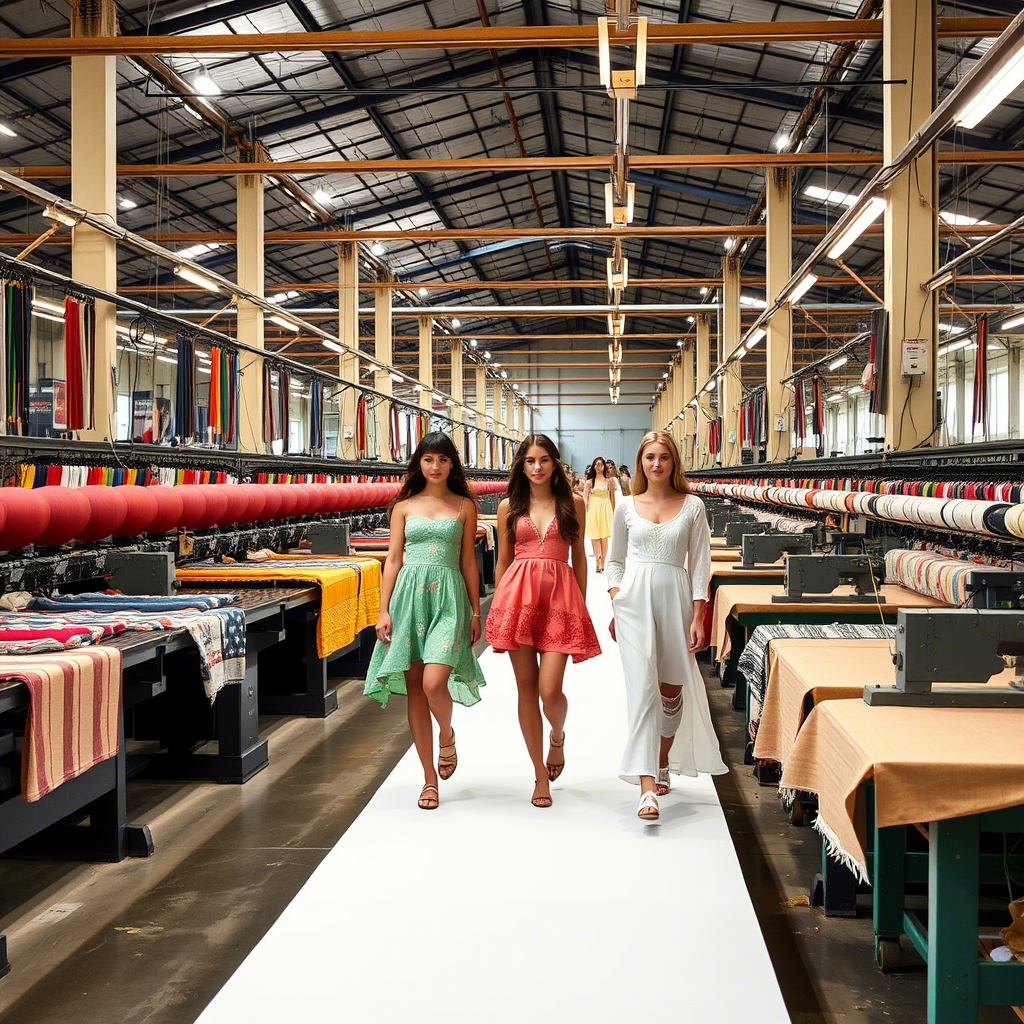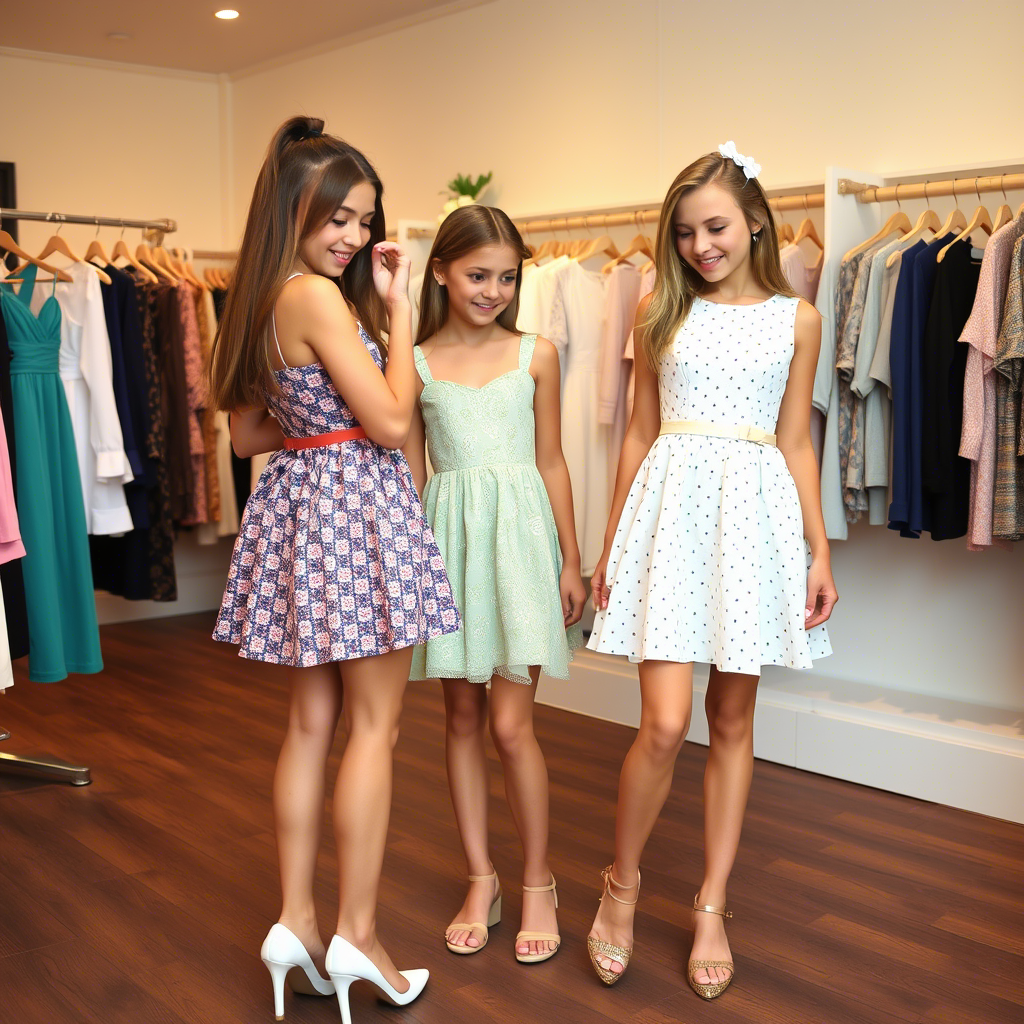Girls Clothing Manufacturers: A Comprehensive Guide
The girls’ clothing manufacturing industry has experienced significant growth in recent years, driven by increasing demand for fashionable and comfortable clothing for young girls. As a result, manufacturers are now focusing on producing high-quality, stylish, and safe clothing that meets the needs of parents and children alike. In this article, we will explore the world of girls’ clothing manufacturers, discussing key trends, challenges, and opportunities in the industry.
Understanding the Girls’ Clothing Market
The girls’ clothing market is a diverse and dynamic sector, influenced by various factors such as changing consumer preferences, advancements in textile technology, and shifting global economic trends. To succeed in this market, manufacturers must stay informed about the latest developments and adapt their strategies accordingly.
- The global girls’ clothing market is projected to continue growing, driven by increasing demand from emerging markets and a rising focus on children’s fashion.
- Manufacturers are now prioritizing sustainability and eco-friendliness, with many opting for environmentally responsible materials and production methods.
 The rise of fast fashion has also led to an increase in demand for trendy and affordable clothing, with many manufacturers incorporating the latest styles into their collections.
The rise of fast fashion has also led to an increase in demand for trendy and affordable clothing, with many manufacturers incorporating the latest styles into their collections.
Key Considerations for Girls’ Clothing Manufacturers
To remain competitive in the girls’ clothing manufacturing industry, businesses must consider several key factors, including quality, safety, and style.
- Ensuring the quality and safety of clothing is paramount, with manufacturers required to comply with strict regulations and standards.
- Staying on top of the latest fashion trends is also crucial, as parents and children increasingly seek stylish and fashionable clothing.
- Manufacturers must also consider the needs of different age groups, from toddlers to teenagers, and design clothing that is both functional and appealing to each demographic.
The Role of Technology in Girls’ Clothing Manufacturing
Technology is playing an increasingly important role in the girls’ clothing manufacturing industry, with advancements in areas such as textile production, design, and distribution.
- The use of digital printing technology has enabled manufacturers to produce high-quality, customized clothing with intricate designs and patterns.
 Many manufacturers are also leveraging e-commerce platforms and social media to connect with customers and promote their products.
Many manufacturers are also leveraging e-commerce platforms and social media to connect with customers and promote their products.- For example, some manufacturers are using online platforms to showcase their products, such as their boys’ coat collections, and engage with potential customers.
Challenges and Opportunities in the Girls’ Clothing Manufacturing Industry
While the girls’ clothing manufacturing industry presents many opportunities, it also poses several challenges, including intense competition and changing consumer preferences.
- To stand out in a crowded market, manufacturers must differentiate their products through innovative designs, high-quality materials, and excellent customer service.
 Manufacturers can also explore new markets and distribution channels, such as partnering with popular children’s clothing brands or expanding into new geographic regions.
Manufacturers can also explore new markets and distribution channels, such as partnering with popular children’s clothing brands or expanding into new geographic regions.- For instance, manufacturers can explore collaborations with popular kidswear brands, or check out other product lines like boys’ coats for inspiration.
Best Practices for Girls’ Clothing Manufacturers
To achieve success in the girls’ clothing manufacturing industry, businesses should adopt best practices that prioritize quality, sustainability, and customer satisfaction.
- Implementing robust quality control measures is essential to ensuring the production of high-quality clothing.
- Manufacturers should also prioritize sustainability, using environmentally responsible materials and production methods wherever possible.
- By focusing on these key areas, manufacturers can establish a strong reputation and build a loyal customer base.
Conclusion
The girls’ clothing manufacturing industry is a complex and dynamic sector, influenced by a range of factors including consumer preferences, technological advancements, and global economic trends. By understanding the key considerations, challenges, and opportunities in this industry, manufacturers can develop effective strategies to succeed in a competitive market. By prioritizing quality, sustainability, and customer satisfaction, businesses can establish a strong reputation and drive growth in this exciting and rapidly evolving industry.

Comments